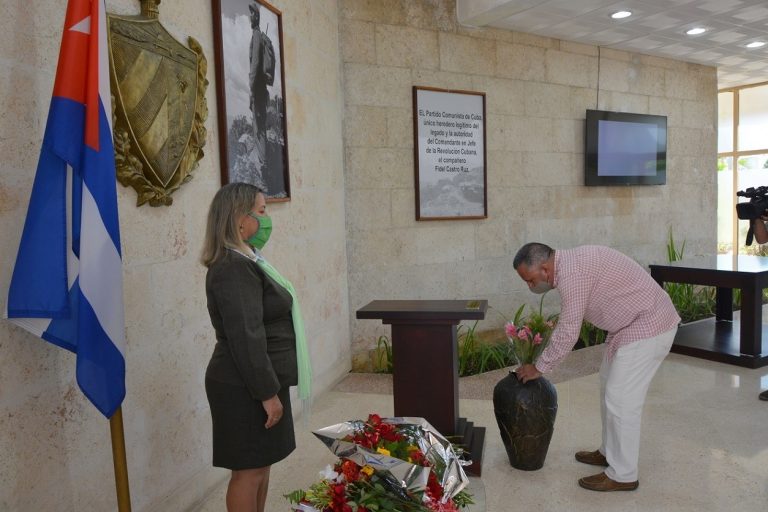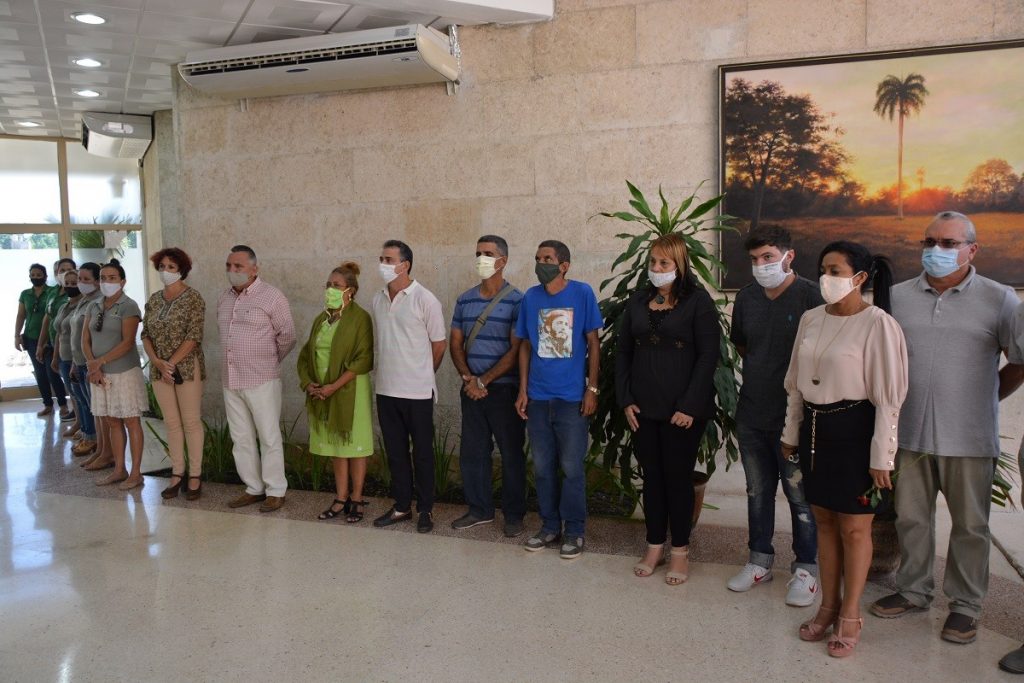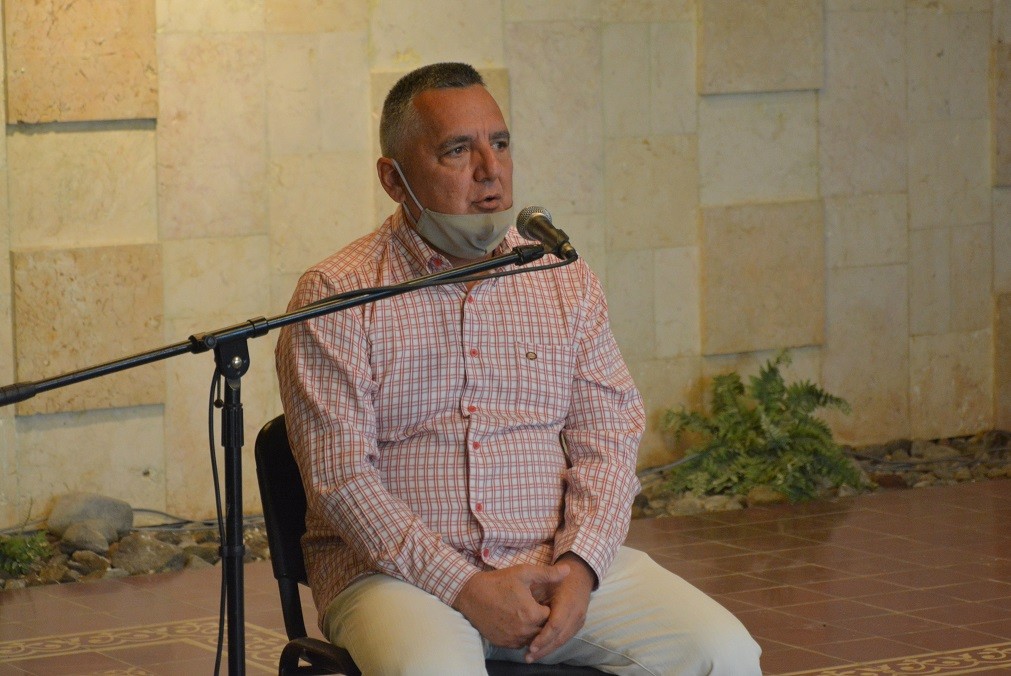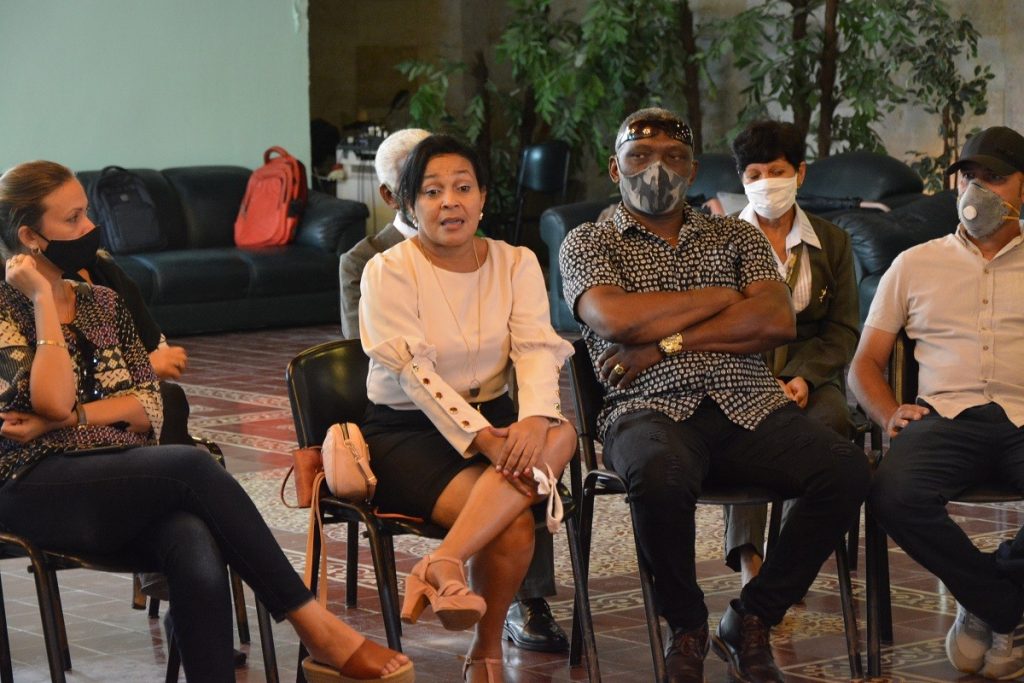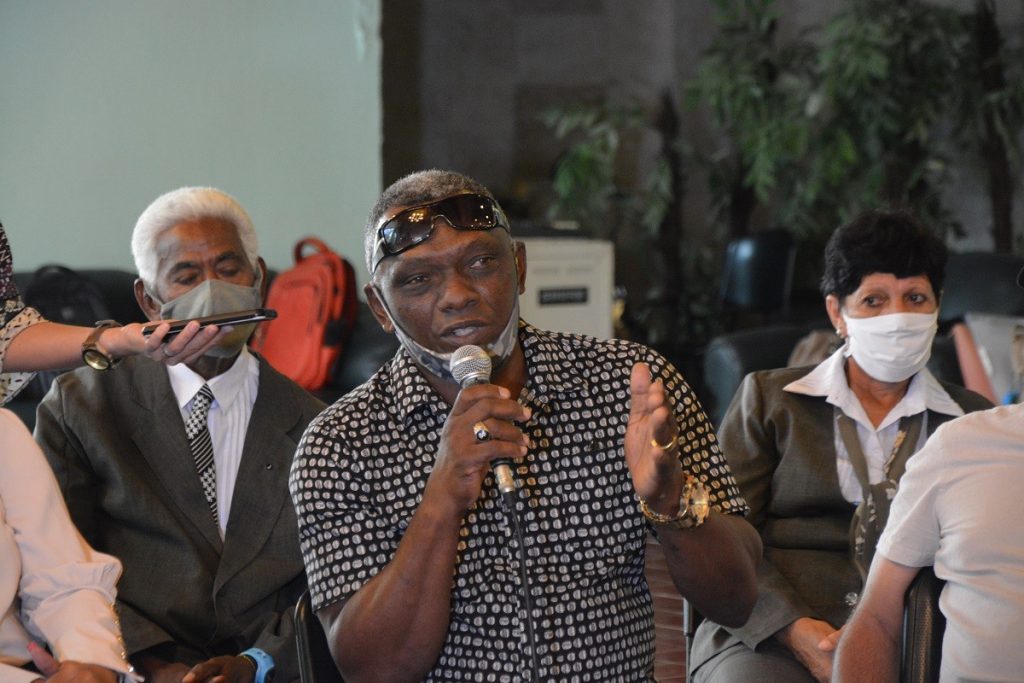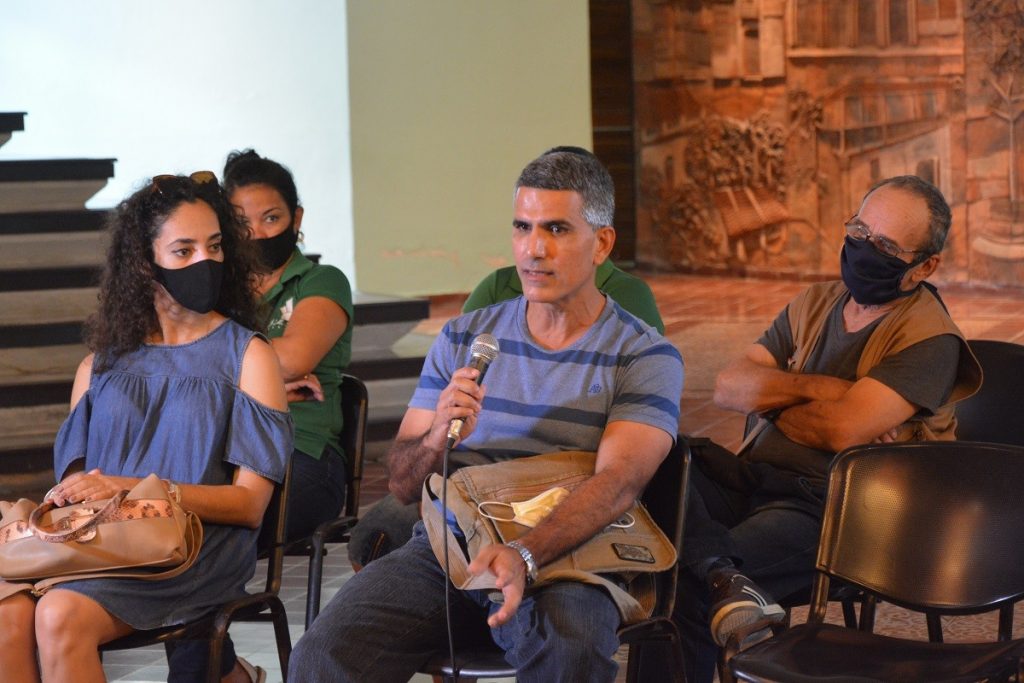It was the morning of November 25th, from very early on, different sectors of the Camagüey population went to offer their respects in the Jimaguayú hall located at the Revolution Square, where they said their last goodbye to the Commander in Chief, 4 years ago.
Around 10:00 AM a group of workers from the square, journalists, workers and specialists from different branches, summoned by the Office of the Historian; we met to hear the testimonies of those who worked tirelessly in those sad hours, to achieve a worthy tribute.
Testimonies
I had never heard Medina’s voice, except for his cordial greeting when we arrived at the Nicolás Guillén hall, where he is always at the sound board; but his heartfelt story of receiving Fidel’s ashes, with the chords of the Bayamo hymn, moved me. Every word between broken and energetic, made clear their feelings and the commitment to continue providing services from his trench, which goes beyond controlling the audio; because in that worthy group he is the only man and does everything he can to help his female companions.
Another emotional story was that of Isela García Yero, the former director of the institution, who at the time of the funeral service assumed, together with her group, all responsibility, so that what is today the sacred Jimaguayú hall, would welcome with all the details on the night of December 1st, the mortal remains of the Commander.
Isela cannot contain her tears, she relives the sadness that overwhelmed the entire Cuban people; but she feels that it was an honor to take on that task and since then, her commitment to leave no room for oblivion has grown. Those days paralyzed the country to say goodbye to their eternal leader.
The journalistic look
The one who made the documentary that collects the experiences and emotions of the farewell was the journalist from Camaguey television, Orestes G. Casanova, for him it was an immense opportunity to be able to document such a momentous event, where the various expressions of affection and pain of the citizens towards the Commander in Chief are surprising; while the spectators who visit the sacred site are projected exclusively, showing mixed feelings and many tears.
Pedro Paneque, is the radio journalist who made most of the coverage of Fidel’s visits to the land of Agramonte. His pride for having lived closely so many moments that marked the political and economic development of the province and remained in history are undoubtedly his best treasures. The Commander’s physical disappearance was not seen as a loss, but as his passage to immortality; because his work lives in each one of us when we do what is right.
Translated by: Aileen Álvarez García

